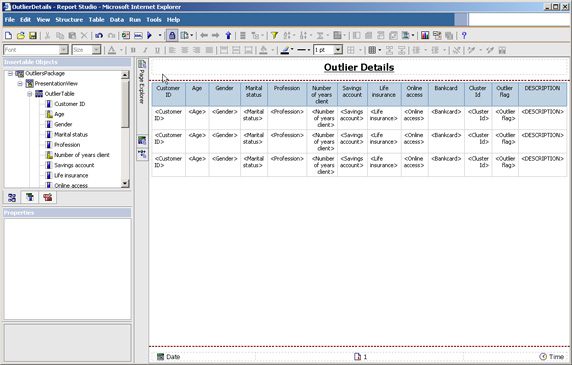Business Analytics is changing rapidly. Traditional BI is being challenged due to the rate at which we are not only collecting data, but wanting to leverage that data for business advantage.
A recent survey of over 40 technology vendors’ clients by one of the largest IT research firms showed that ultimately, the customer experience matters. The value given to the customer is what matters, always! So, how do we get there?….
Even if not perfect – get it in the hands of the business fast
When we evaluate successful analytics customers, many of them started with a very inexpensive (hear free trial) solution, and leveraged that experience to build a successful solution and architecture. What better way to learn, than to fail (or partially fail) and take that experience forward. The term “fail” here does not necessarily mean a solution has been built and thrown away. It means that what has been learned via a trial process or prototype has given us valuable insight on what is most meaningful moving forward with analytics and successful analytics architecture. A functional architecture, or methodology, is the best place to start. Here are the 5 steps:
- Identify the business problem we are out to solve with data (analytics)
- Gather the data
- Build the model to support the business
- View and explore the data
- Deploy the operational insights
And note – this is an iterative process. There is value in getting this out there not exactly right. However, get it out there fast – you will leverage feedback faster, and this will allow better insight from the business because they can see it and take corrective action faster. In addition, disparities are exposed faster, incorrect business rules are exposed faster, and by having that exposure, the organization can now take action and leverage powerful and cheap architectures, like Hadoop, to enable you to take in massive amounts of data and store data very inexpensively. Now you are prepared to take on strategic business analytics.
Let’s look at a possible example. You have identified and gathered data around a problem in your supply chain. After gathering the data, the next move is to explore it. You sample the data in the data set, test it and analyze it. You develop hypotheses which are then tested. For example, you might do analysis to figure out which two or three vendors are late in deliveries, resulting in customer satisfaction issues.
After you determine why those vendors are not performing, you operationalize the insights you’ve gained, building them into your business logic and workflows. If ABC Company is consistently late on deliveries within the supply chain and contributes to two actions that map to the supply chain model (challenge), begin corrective action before affecting additional clients.
Once insights are operationalized, it is important to close the model feedback loop. The models you build could (and likely will) change over time; the factors that caused supply chain challenge this year may not hold a year from now, as market and other factors change. Test your hypotheses to see if the model still holds or if it needs adjustment. For example, as new forms of vendor interaction are introduced, the supply chain variables may also change over time.
Advanced analytics should become the mainstay of your secret sauce. The point is to use all of your resources effectively: data modelers and the many people with business domain knowledge.
Get analytics out there fast, even if not perfect: it’s a counterintuitive way to make rapid progress. Take in only as much data as you need, analyze and create operational models, and refine those models. Then take those models and begin to build your functional architecture.
To deliver successful analytics, you will also need to plan and staff correctly. To do advanced analytics at scale, there are two approaches from a staffing perspective:
- Hire lots of expensive data modelers
- Leverage people who are technically savvy in your company with strong business acumen
The first way is certainly challenging. In fact, it can’t scale either because there is not an abundant supply of data modelers to hire, even if you had unlimited resources.
The second way takes a different and proven successful approach. Do not be constrained by the technology that enables analytics but instead focus on the strength of logic that powers analytics.
In practical terms, ask data modelers to partner with you to research ways to solve business problems, and then have them build consumable models that solve those problems. With models that serve as templates, businesspeople can perform analytics on their own, working with the models the data modelers developed, and then extend those models to new areas as business logic dictates.
Your company will significantly benefit by this secret sauce. Choose to make it part of your core competency!





